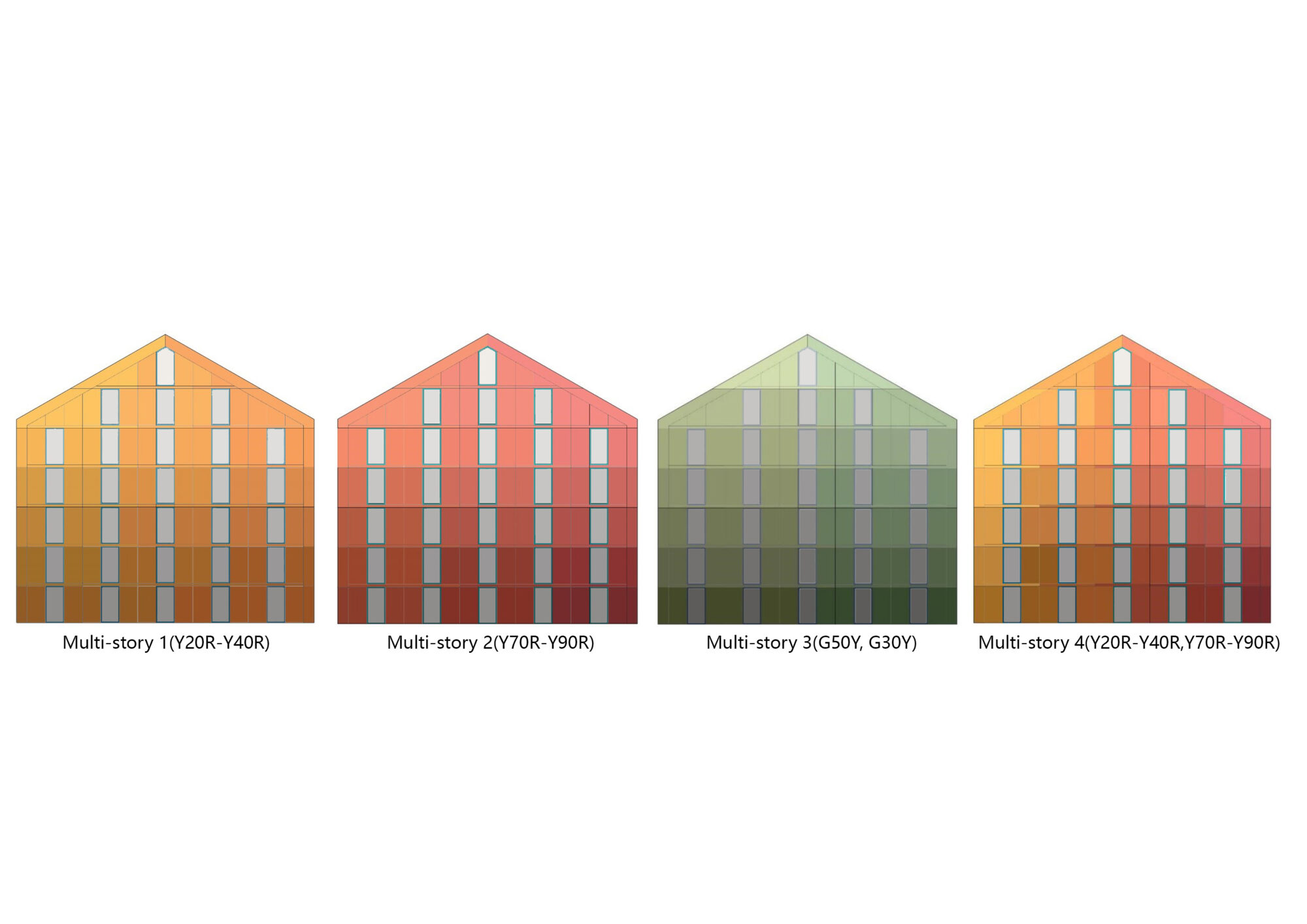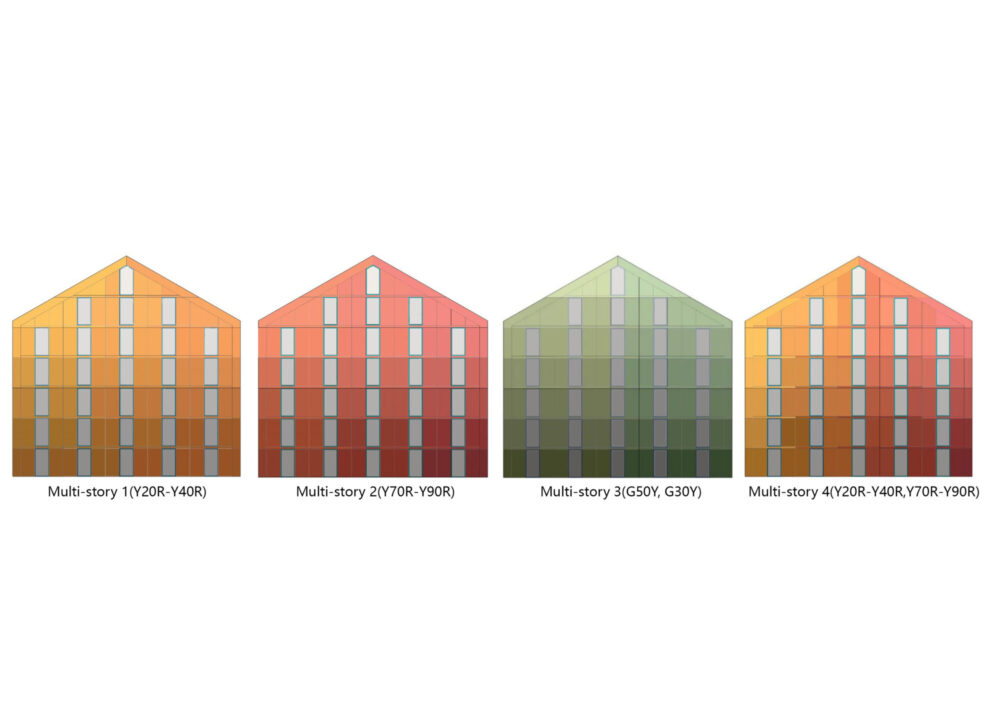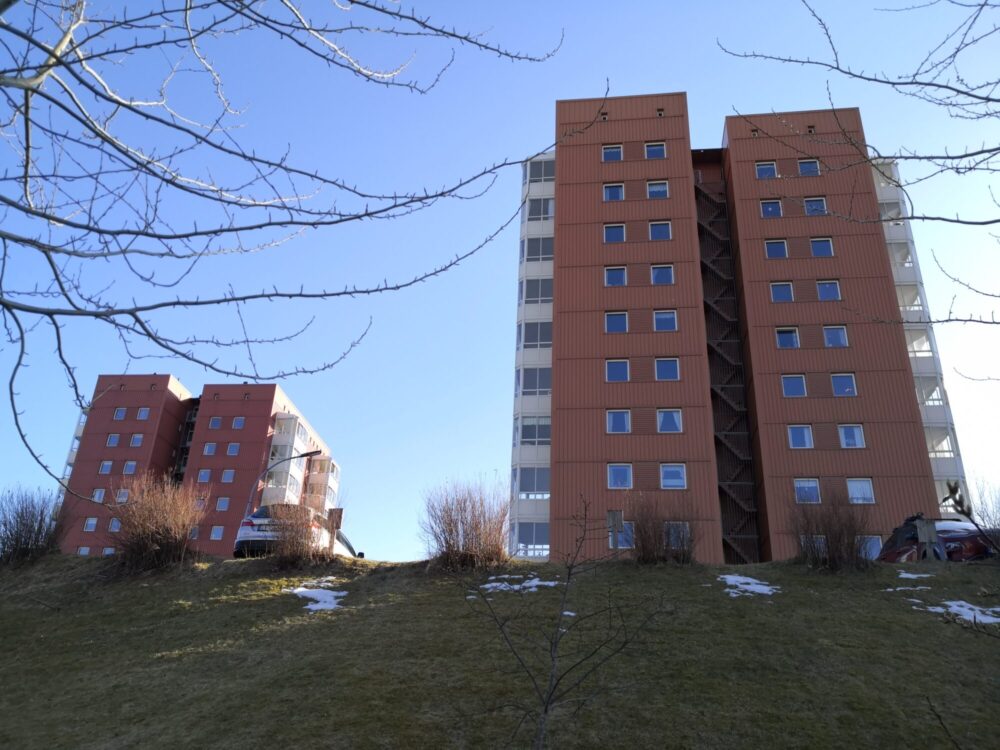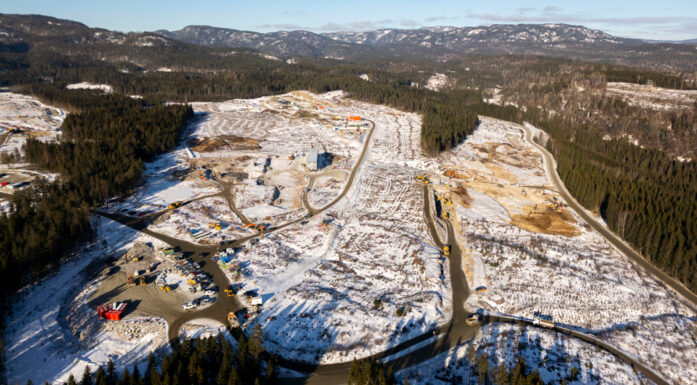Pixelization — Using solar panels to beautify building facades
The shift to greener energy technologies can be beautiful as well as carbon neutral.
Buildings consume around one-third of the world’s energy and are responsible for 40% of greenhouse gas emissions. Reducing carbon emissions and using renewable clean energy in buildings are essential to achieve the goals of the carbon neutrality for all of society. Integrating solar panels into buildings is one of the most promising ways to reduce carbon emissions and support a sustainable future.
Here’s a conceptualization of the pixelization method that could be used with different colour solar panels on a pitch roof façade (Xiang et al., 2021b)
- You might also like: New, ultra high material efficient low-cost solar panels — using nanowires
Façades should be used for solar panel integration
In the past, most solar panels (photovoltaics) for buildings were installed on roofs, but roof areas can be limited. Building façades offer far more surface area and could be used for this application.
In Norway, where the sun is usually low, building facades have special potential for the application of solar panels.
Previous research has shown that façade-integrated photovoltaics (FIPV) are an emerging and essential solution for harvesting solar energy. In Norway, where the sun is usually low, building facades have special potential for the application of solar panels.
Challenges in aesthetics
However, the aesthetic aspect of solar panels can be challenging. The black or dark blue colours of ordinary solar panels are not ideal for building façades, and architects are very much against using boring colours for their designs.
Additionally, Norway is full of colourful houses, many of which are hundreds of years old. The colours of traditional buildings are attractive for tourists and present a beautiful ‘sense of place’ of the local residents.
It’s hard to imagine that architects or owners would accept solar panels if it meant all houses had to be black or dark colours.
- You might also like: What do the animals in stave church ornamentation signify?
Pixelization method of design
To solve this issue, a research team (Changying Xiang and professor Barbara Szybinska Matusiak) at NTNU’s Light and Colour Centre have proposed a novel method of equipping building facades with colourful solar panels to producing energy with good efficiency.
Like mosaic pictures or ‘Neo-Impressionism’ artwork, the pixelization method can combine different coloured solar panels on the same façade — with smooth colour transition in order. In this way, both light colour solar panels (usually with lower energy productivity) and dark colour solar panels (usually with good energy productivity) in the same or similar hues can be combined, producing acceptable energy productivity for an overall façade.
The study shows that pixelated colourful solar façades can produce as much as 85%-93% energy compared to a totally black solar façade.
More importantly, the pixelization method can adopt a local colour palette — which is a collection of typical colours in local context.
For example, the image below shows typical colours from the city of Trondheim. Architects can ask PV companies to produce the exact colour to match existing building facades for solar panels. In this way, the use of pixelization can respect traditional designs while contributing to the colourful ‘sense of space’ of valuable urban spaces.
Satisfying aesthetic performance
The aesthetic performance of the proposed pixelization designs was tested through an international online survey of more than 300 participants with different backgrounds from Norway, Denmark, China, Poland, Netherlands, Italy, Australia, USA, Japan, and Brazil.
The survey shows that designs with the pixelization method are preferred by the majority, and they are perceived as being more pleasant than non-pixelated ordinary colour designs. In addition, most of the participants believed the designs using local colours were appropriate in an urban context.
Good energy productivity
Another case study in Trondheim was also conducted, where the pixelization method was used in small are with 3 high-rise residential apartments.
A colourful renovation design for the high-rise apartment was created, where the energy productivity of the colourful solar façade would be around 80% of a black solar façade. The electricity produced by the colouful solar façade can cover around 26% of the total household energy consumption for these residences.
This research provides novel solutions and design references for applying coloured photovoltaics in urban contexts on large scales. The researchers believe that façade-integrated photovoltaics will provide a useful approach to tackle climate changes and achieving a carbon-neutral society.
References:
Xiang, C., Lobaccaro, G., Matusiak, B.S., 2021a. Tailored Architectural Design Method for Coloured Façade Integrated Photovoltaics: An Example from the Nordic Built Environment, in: Solar World Congress 2021. pp. 1228–1239.
Xiang, C., Matusiak, B.S., Røyset, A., Kolås, T., 2021b. Pixelization approach for façade integrated coloured photovoltaics-with architectural proposals in city context of Trondheim, Norway. Sol. Energy 224, 1222–1246.








